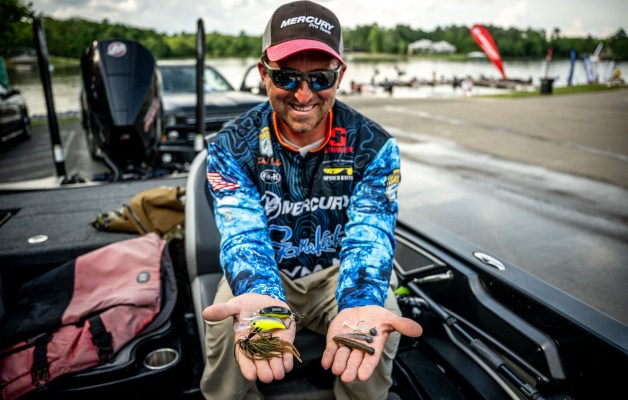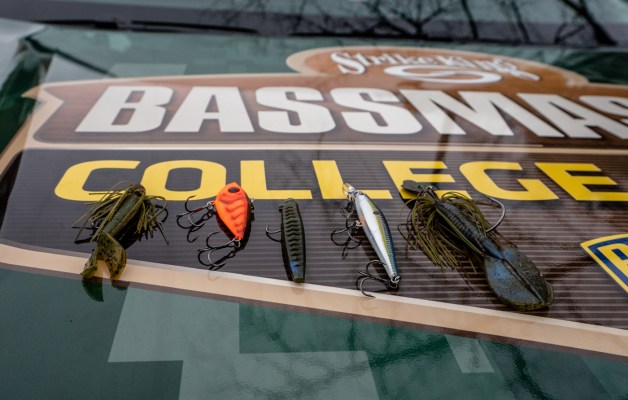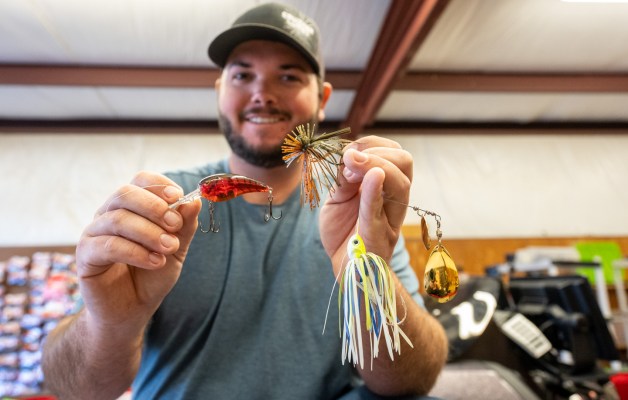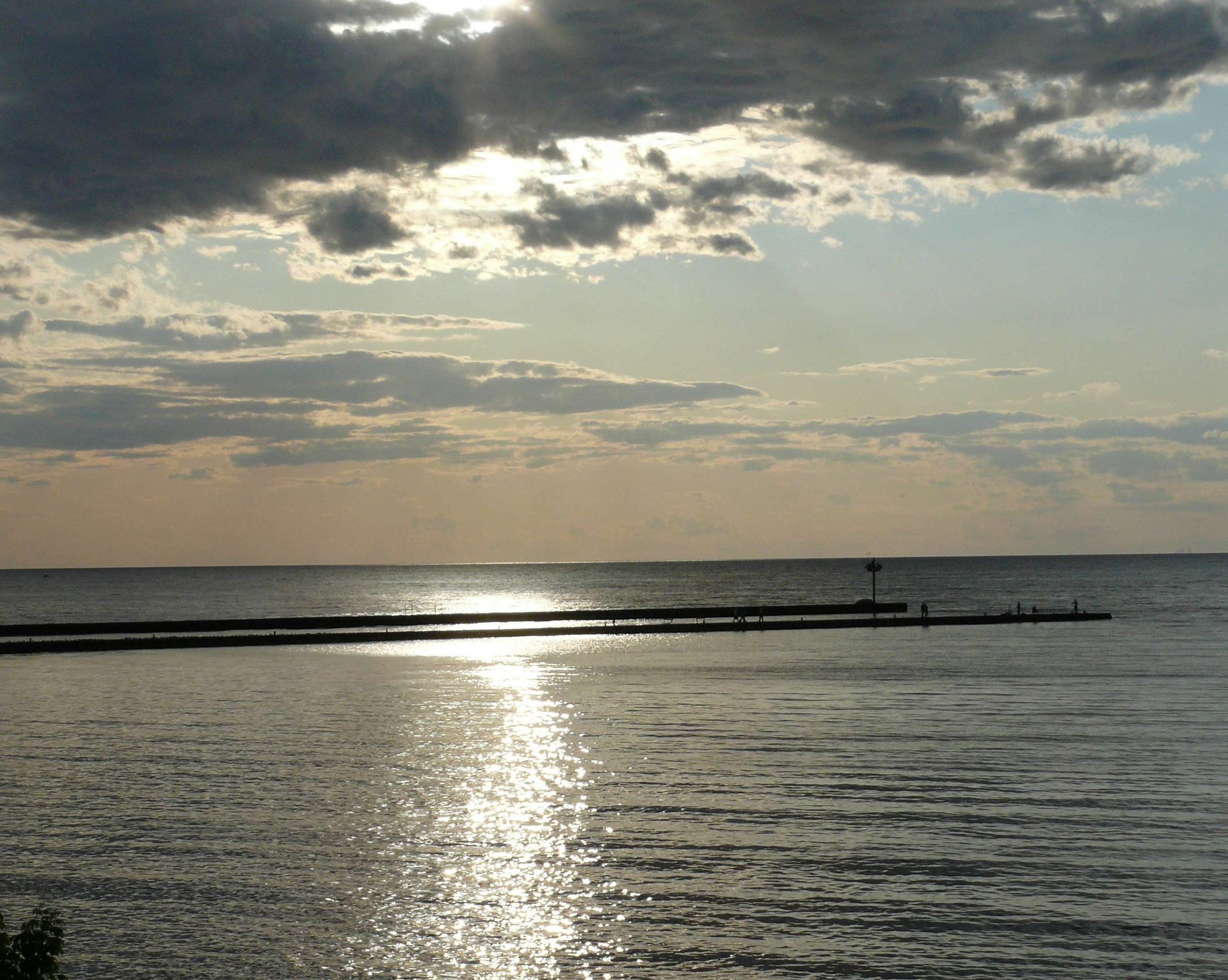
Lake Ontario is New York’s top fishery producing world-class, trophy fishing for Chinook, coho, steelhead, brown trout, lake trout, bass and walleye. Lake Ontario still produces the largest Chinooks in the Great Lakes, with fish more than 35 pounds taken every year. The numerous bays and inshore areas provide outstanding fishing for largemouth bass, smallmouth bass, walleye, yellow perch and panfish.
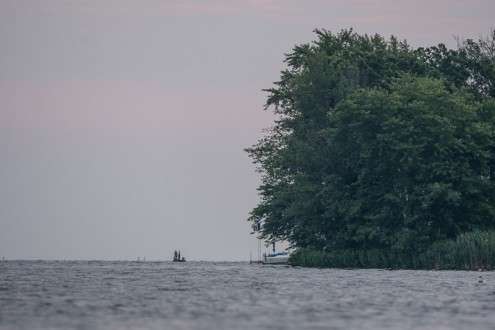
Oneida Lake is the largest freshwater lake wholly within New York’s borders. Its walleye and yellow perch fishery is well known. It is also renowned nationally for the quality of its largemouth and smallmouth fishery and is a common stopping point for major bass tournaments. It is the second most heavily fished water in the state.
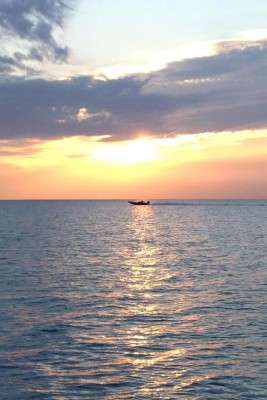
New Yorkâs portion of Lake Erie is the stateâs second largest freshwater resource at 373,000 acres and is one of its top ranked fisheries resources. This lakeâs most prominent fishery is for walleye, and the walleye population is doing very well especially due to recent good spawning years in 2010 and 2012. In addition, Lake Erie also supports New Yorkâs, and perhaps the countryâs, finest smallmouth bass fishery. Stable spawning success, coupled with very high growth rates and good survival, produce high catch rates and frequent encounters with trophy-sized fish. Lake Erie tributaries provide excellent steelhead fishing each autumn through spring. These tributaries are a destination for serious trout anglers from across the country.
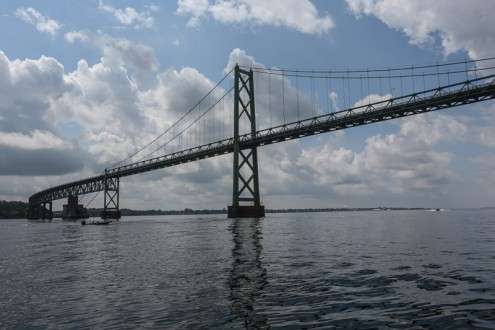
The St. Lawrence is the only natural outlet to the Great Lakes, the largest freshwater system in the world. The 110-mile stretch shared between New York State and the Province of Ontario has, for decades, hosted one of the five largest and most varied fisheries in the State. The St. Lawrence River is a famed muskellunge fishery and home of the 69-pound, 15-ounce state record. The largemouth and smallmouth bass fishing consistently rates among the best in the country, and it also has an excellent population of northern pike, walleye and panfish.
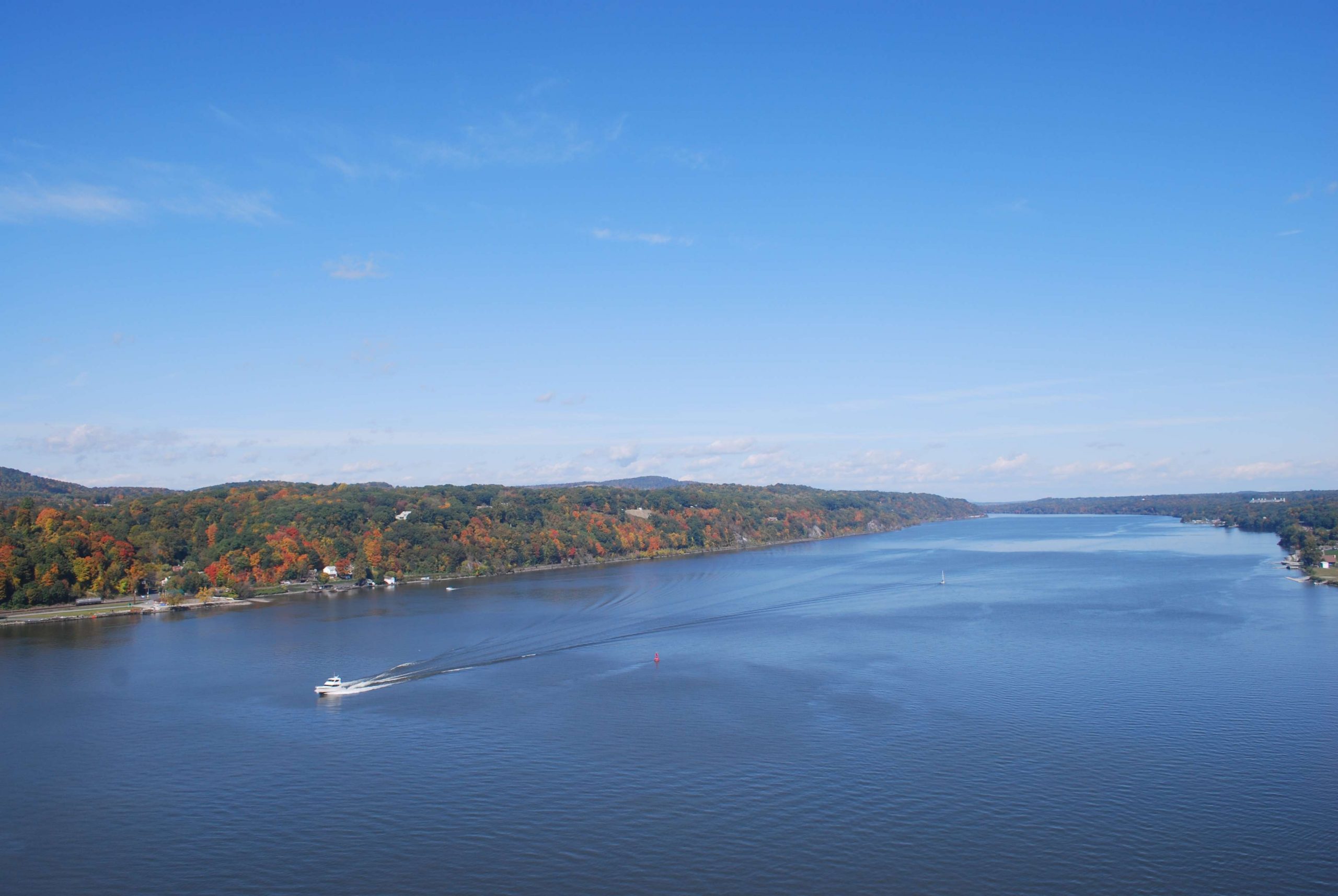
From its source deep in the Adirondacks to its mouth in New York City, this historic river provides a variety of fishing opportunities from trout in its headwaters to smallmouth bass, largemouth bass, channel catfish and northern pike in the freshwater section north of Poughkeepsie. The river is a very popular striped bass fishery in the spring when this marine species moves up into freshwater to spawn.
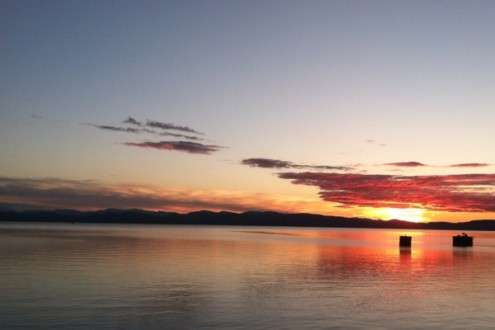
Often called the âSixth Great Lake,â Lake Champlain is shared with Vermont and the Province of Quebec and extends for 120 miles from Whitehall to the Canadian Border. Best known for its fantastic largemouth bass and smallmouth bass fishing, Lake Champlain also provides quality fishing for northern pike, lake trout, Atlantic salmon, channel catfish, yellow perch and a variety of panfish species.
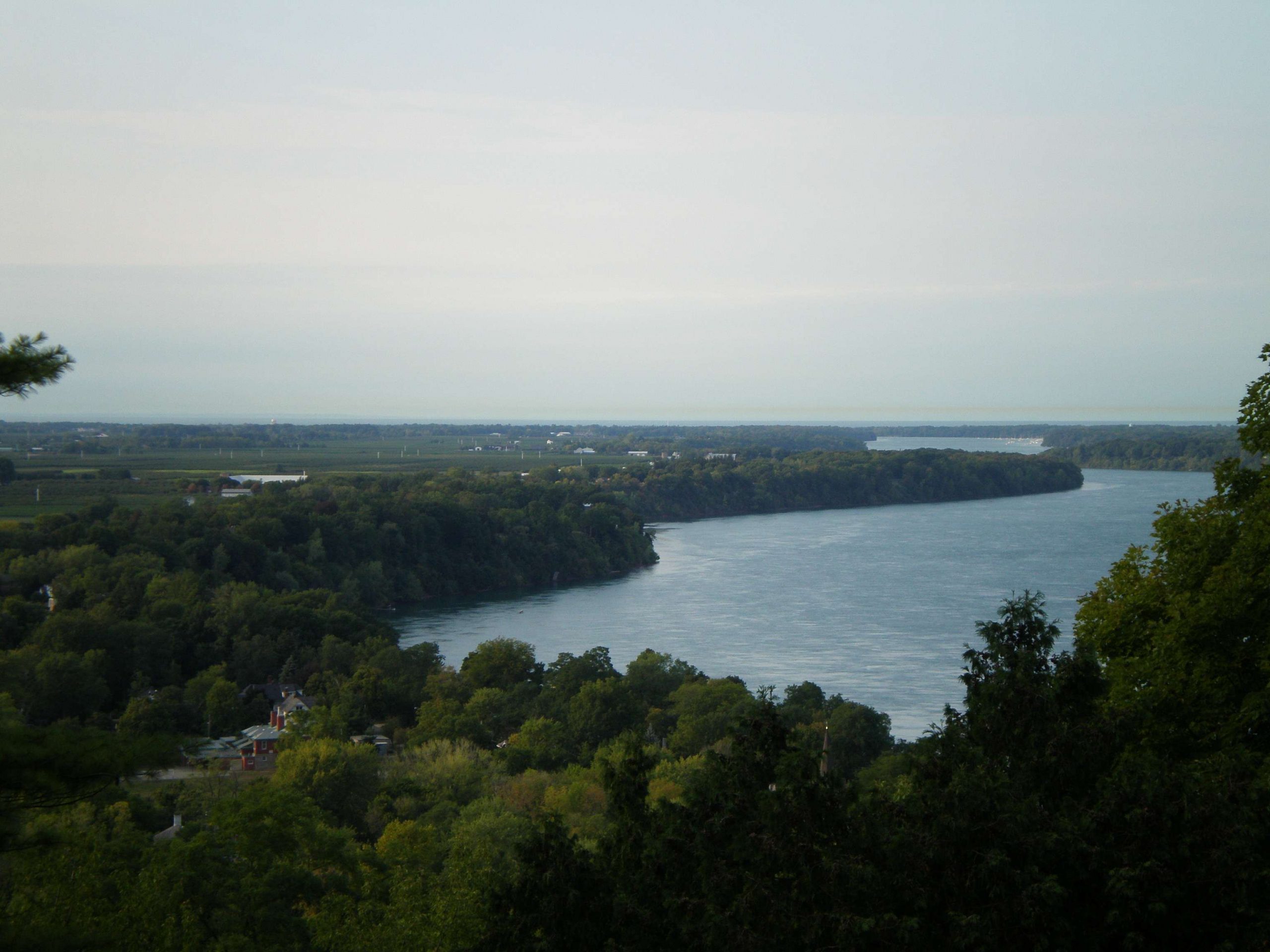
The Niagara River is a Great Lakes connecting channel and an international border between the United States (New York) and Canada (Ontario). The Niagara River flows northward from Lake Erie to Lake Ontario for a distance of 36 miles, conveying an average flow of about 200,000 cubic feet of water per second. The river is comprised of two parts, the Upper and Lower Niagara, separated at Niagara Falls. The Lower Niagara River is approximately 14 miles in length, and fishing opportunities exist from the Whirlpool north to the mouth of the river at Lake Ontario. The lower river is well known for its Chinook salmon, steelhead (rainbow trout) and walleye fishing, which supports a significant number of charter fishing boat trips each year. In addition, there are great opportunities to catch lake trout, brown trout, smallmouth bass, largemouth bass, muskellunge, yellow perch and smelt at different times of year. The Upper Niagara River provides one of the finest muskellunge fisheries in the country. Smallmouth bass are also abundant.
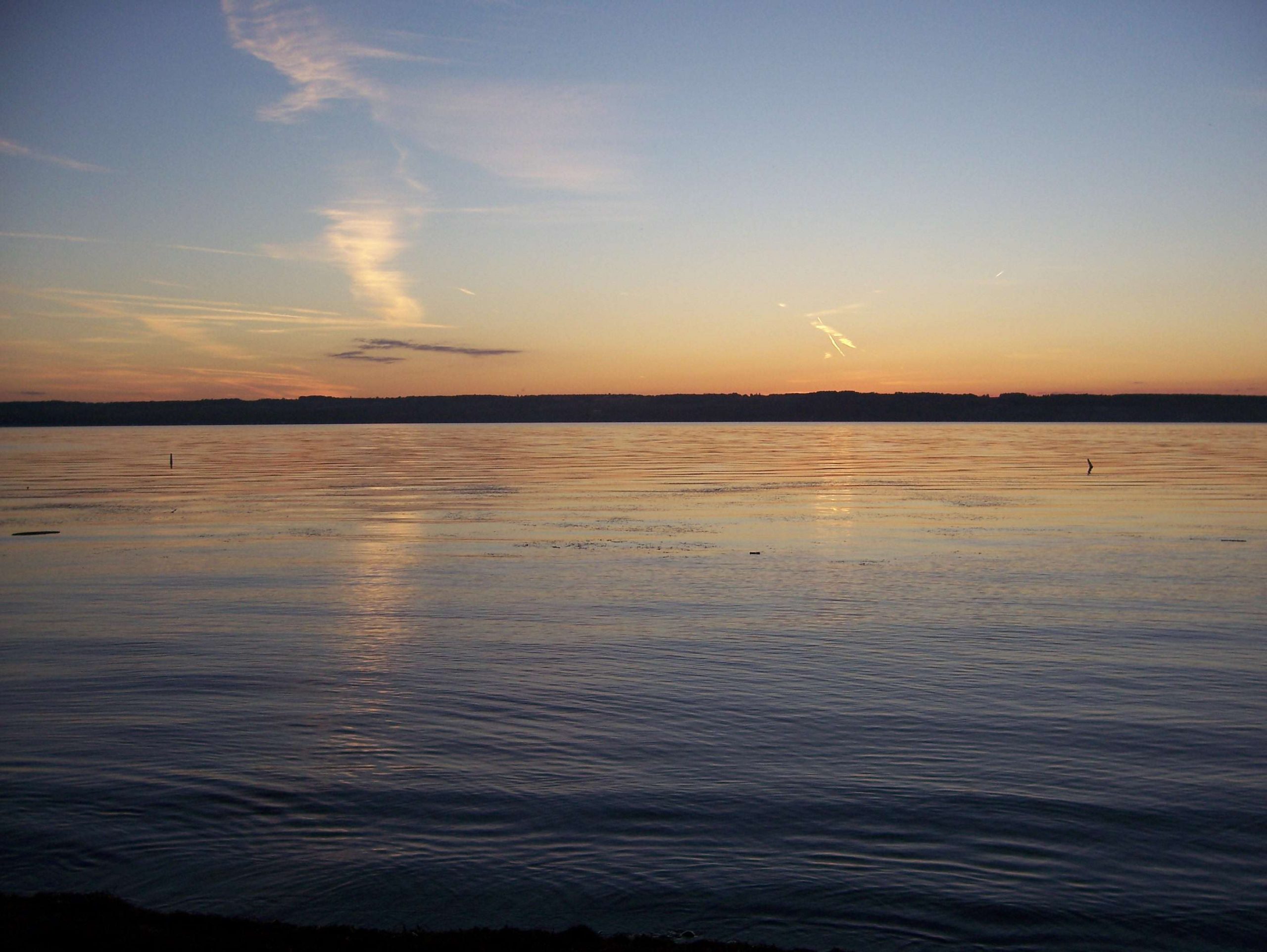
Located within Ontario, Yates, Seneca, and Schuyler counties, Seneca Lake lies in the geographic center of the Finger Lakes. Traditionally, lake trout, smallmouth bass and yellow perch have been the mainstay of Seneca Lake’s fishery. Other species contributing to this outstanding fishery include rainbow trout, brown trout, landlocked Atlantic salmon, northern pike and largemouth bass. Seneca’s excellent fishery has benefited greatly in recent years for steady annual stocking of hatchery-reared lake trout, brown trout and landlocked salmon. The lake’s rainbow trout fishery is sustained entirely by natural reproduction – mostly in Catherine Creek and its tributaries.
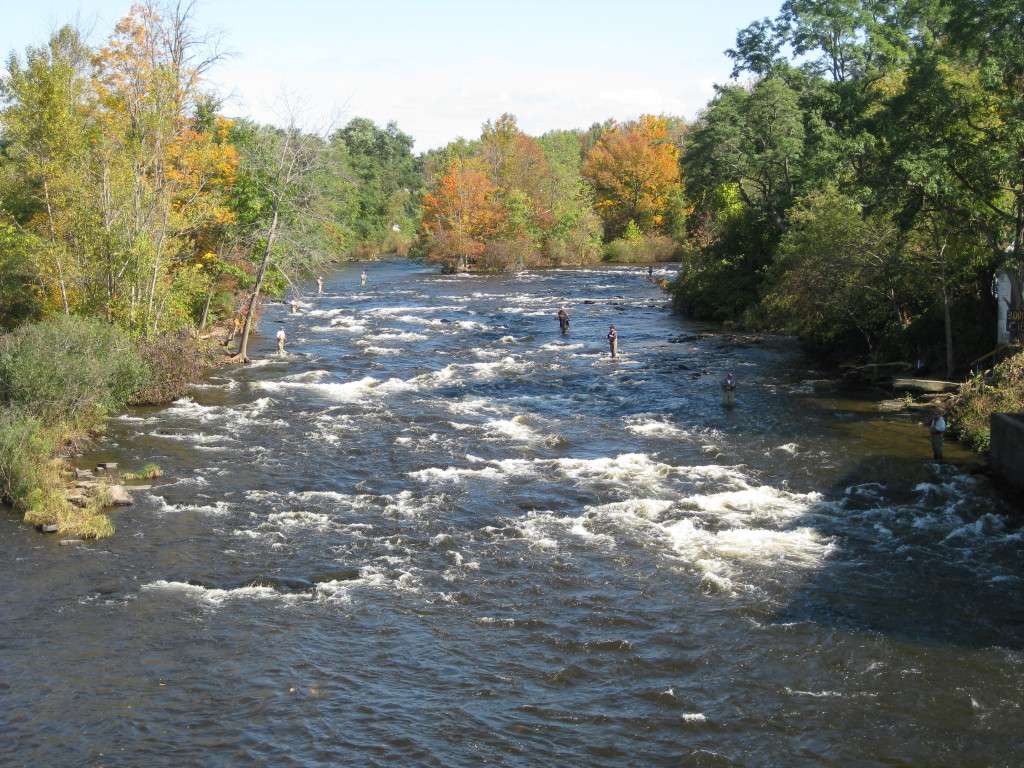
The Salmon River offers some of the finest sportfishing in the country and anglers come from around the world to fish it. Itâs best known for its fall run of Chinook and coho salmon and the winter and spring run of steelhead. Chinook salmon range in size from 15 to 30 pounds, averaging around 18 pounds. There are ample access opportunities, with 12 miles of public fishing rights along the river.
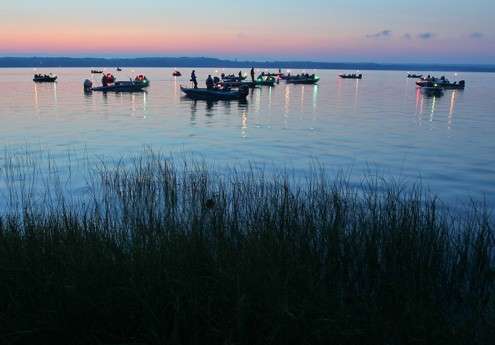
Cayuga Lake ranks second in size among the Finger Lakes, only Seneca is larger. Cayuga Lake offers a diverse fishery for both coldwater and warmwater species. Cayuga Lake has a shallow weedy area at its north end which extends south for approximately six miles and is a prime location for largemouth bass. The remainder of the lake is deep and supports a coldwater trout and salmon fishery, with lake trout fishing being very popular.
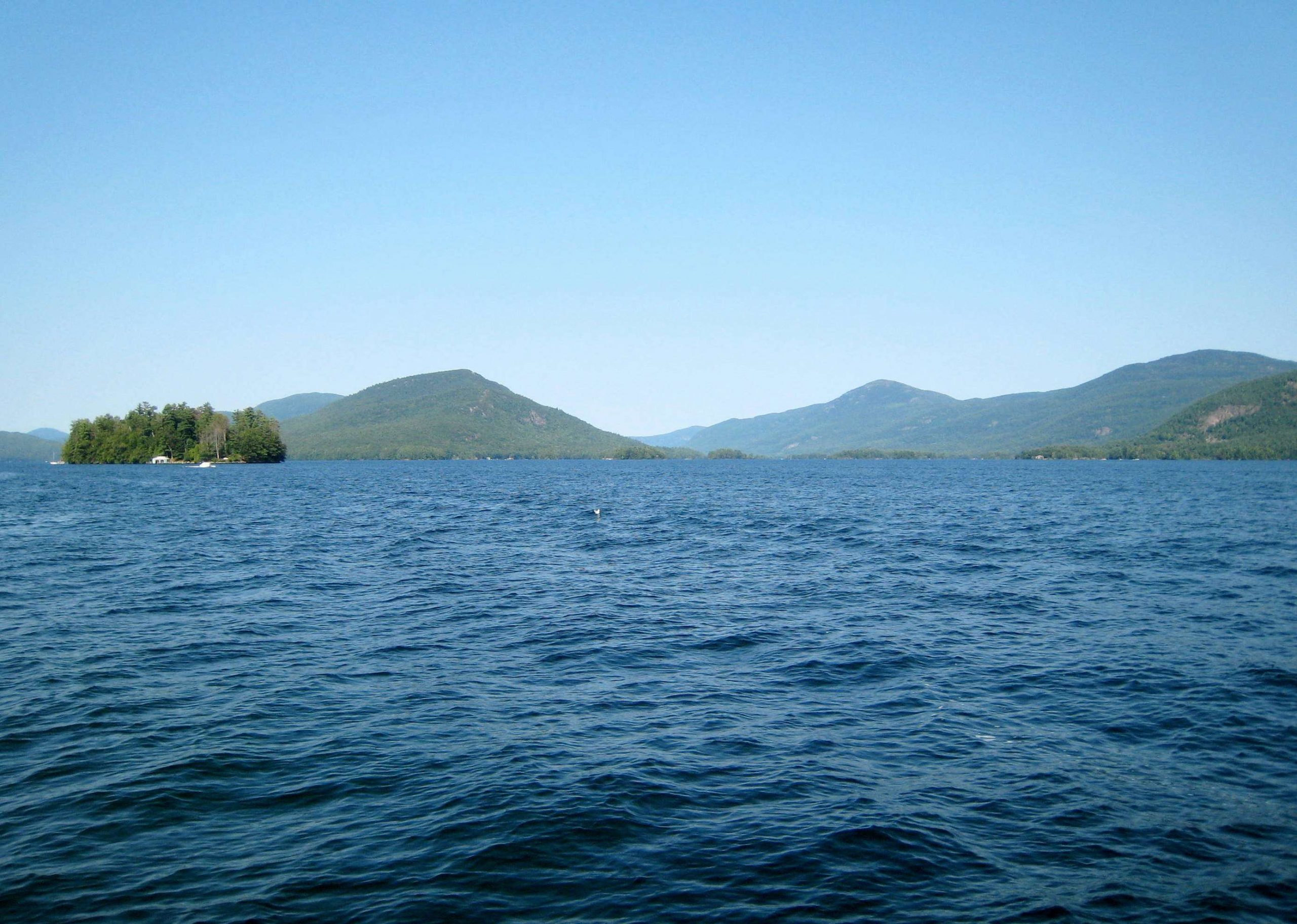
Lake George is stocked annually with landlocked salmon and has an excellent naturally reproducing population of lake trout. Brook trout can also be found at the mouth of many of the lakes tributaries. Lake George also ranks among the top five bass fishing destinations in New York State. Many ice anglers target the abundant schools of yellow perch and black crappie that can be found in many small shoreline bays.
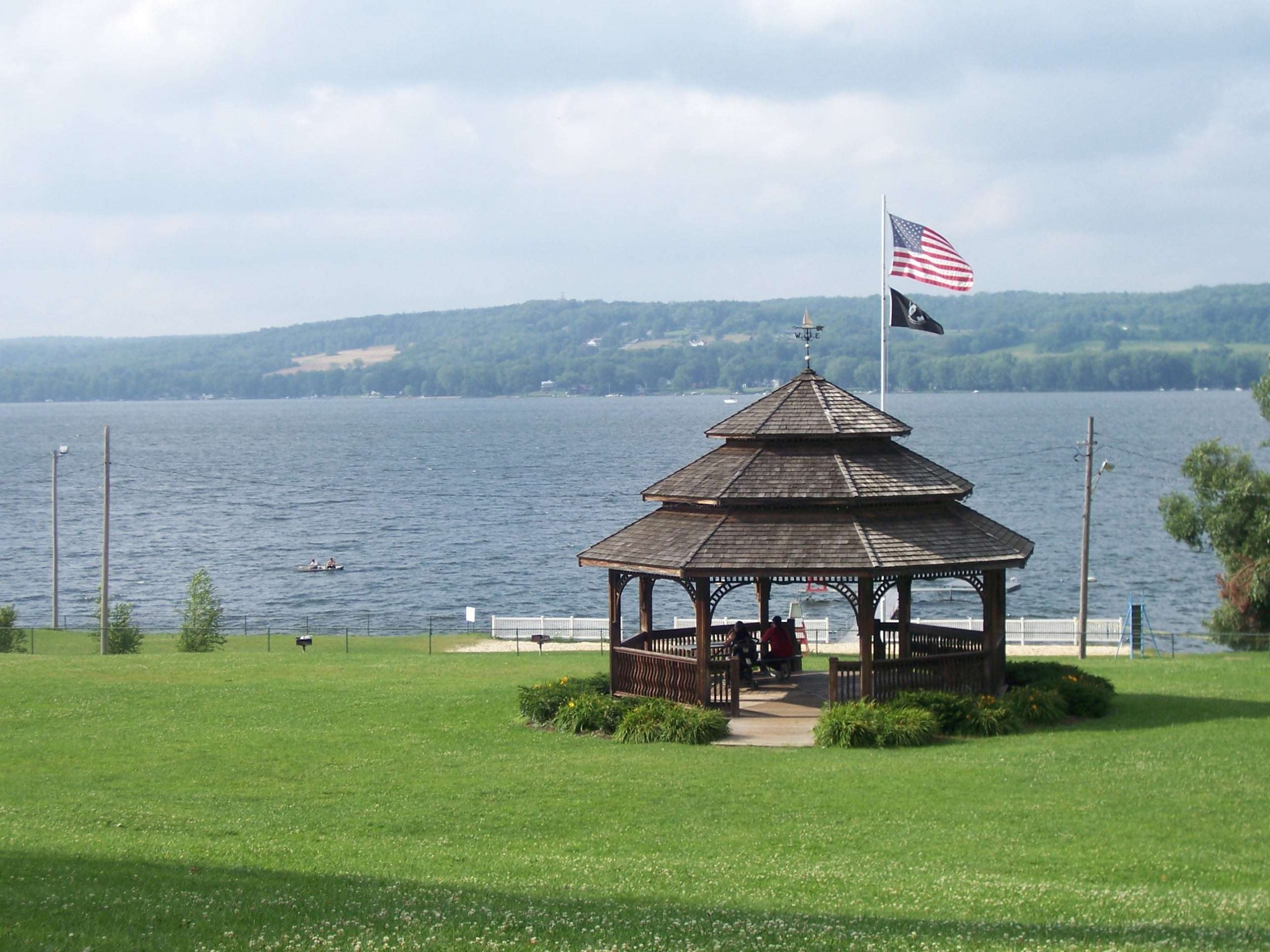
Chautauqua Lake, at 1,308 feet above sea level, is one of the highest navigable waters in North America. It offers exceptional fishing for walleye, bass, muskellunge and several species of panfish. Located in the southeast corner of Chautauqua County in western New York, Chautauqua Lake is about 17.5 miles long and has a surface area of 13,156 acres.
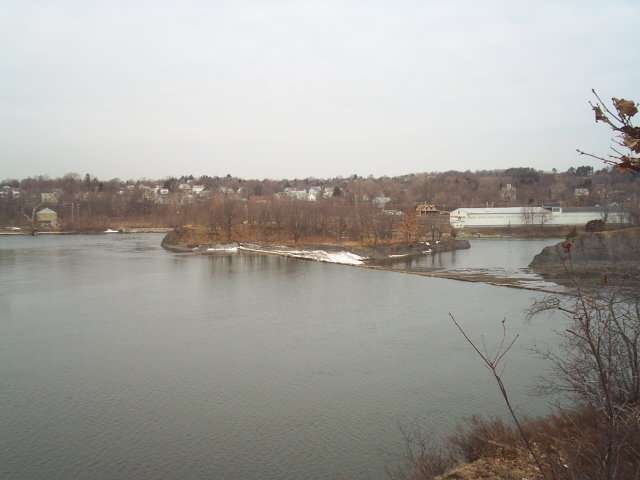
Starting out as a wild trout water above its confluence with the Erie Canal in Rome, N.Y., the Mohawk River provides outstanding fishing for bass, walleye, carp and tiger muskellunge as it flows towards the Hudson River.
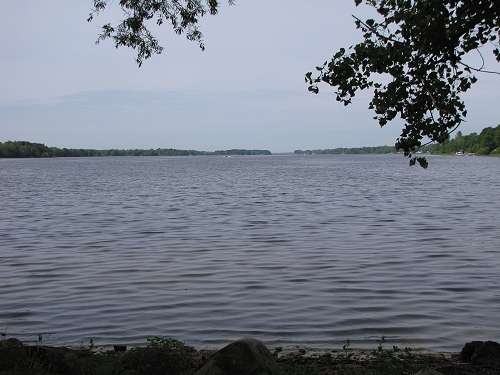
Black Lake is a shallow, large (8,352 acres) lake in St. Lawrence County. It provides excellent fishing for largemouth and smallmouth bass, walleye, northern pike and black crappie. The lake also is very popular for panfish with bluegills and yellow perch in the 10- to 12-inch size range not uncommon.
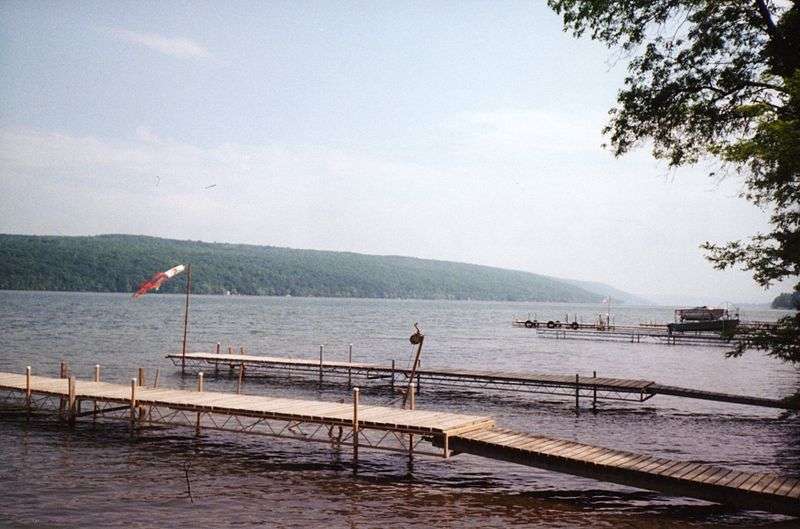
Located in the heart of central New York wine country, Keuka Lake lies 17 miles southwest of the City of Geneva. Shaped like a Y, Keuka ranks third in size among the Finger Lakes. Historically, Keuka Lake has had excellent lake trout and smallmouth bass fishing. Of the four salmonids now present, lake trout are the most prominent, with their population maintained completely by natural reproduction. Keuka Lake also contain rainbow trout, brown trout and rainbow trout. While smallmouth bass are the dominant species in Keuka’s bass, an occasional northern pike and panfish including yellow perch, bluegills, pumpkinseed, rock bass and black crappie are also available. Much of the angling opportunity for these species (except smallmouth) is associated with the relatively shallow, weedy areas at the north ends of the lake’s arm and at the south end.
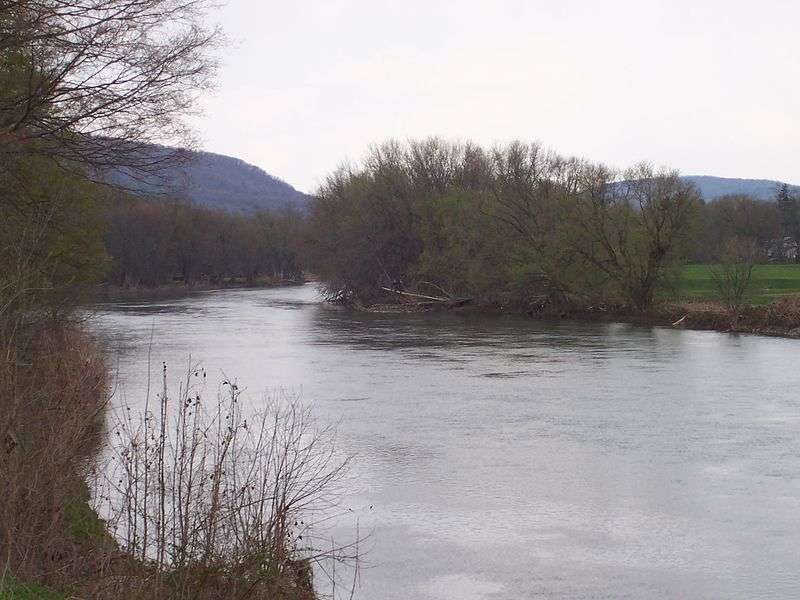
From its origin at Otsego Lake in Cooperstown, New York, the Susquehanna River flows for over 440 miles, making it the longest river on the American east coast. It eventually empties into the Chesapeake Bay in Maryland. In New York the Susquehanna flows through a mix of rural and urban environments supporting a diverse warmwater sportfish community, with walleye and smallmouth bass being the most sought after gamefish.
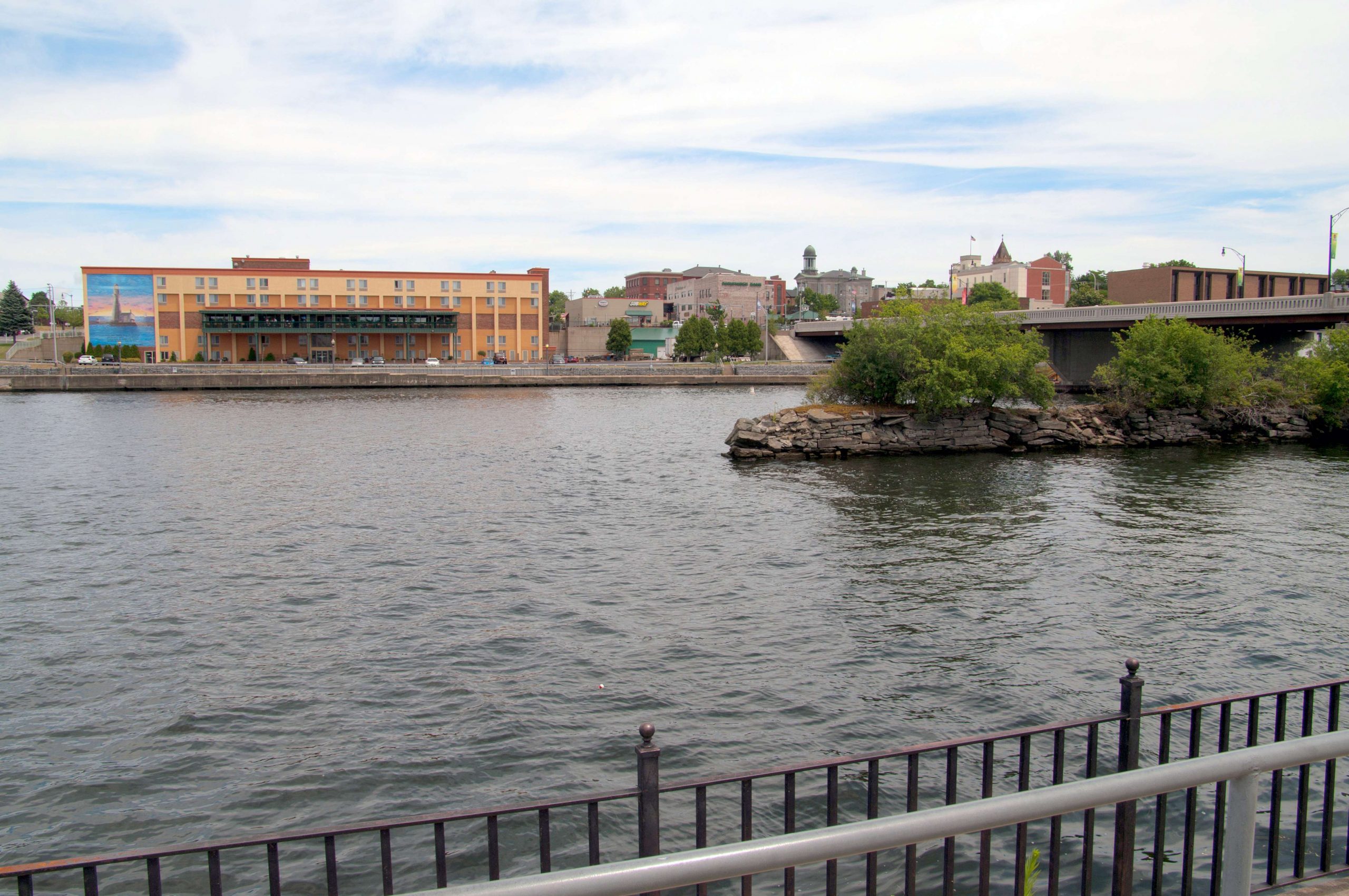
The Oswego River offers a year-round diverse fishery from Chinook salmon in the fall to smallmouth bass in the summer. The river has a mixed fishery with the lower 1.5 mile section having a âlake runâ fishery with trout, salmon, walleye and smallmouth bass moving in from Lake Ontario. The upper 20 miles of river offers a warmwater fishery consisting of walleye, largemouth and smallmouth bass and channel catfish.
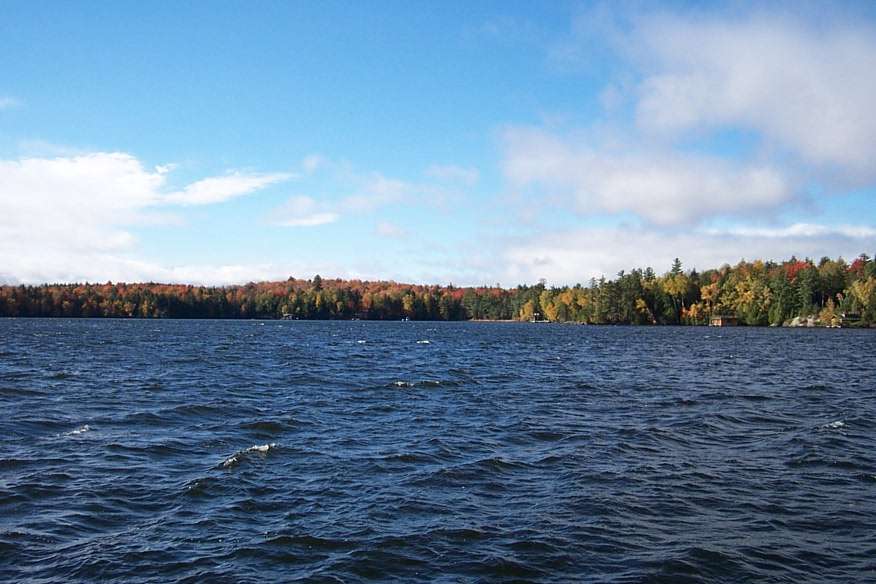
Located in the scenic Adirondack Mountain region of New York State, the Saranac Chain of Lakes provides outstanding fishing for largemouth bass, smallmouth bass, northern pike, yellow perch, lake trout, brown trout and rainbow trout. Trout are most common in Upper Saranac Lake. With the exception of Upper Saranac Lake, which is accessed via the state boat launch in Saranac Inn, all of the chain are connected via two sets of locks. The Saranac Chain is one of the most scenic fishing locations in New York State and played host to the ESPN Great Outdoor Games for 3 consecutive years.
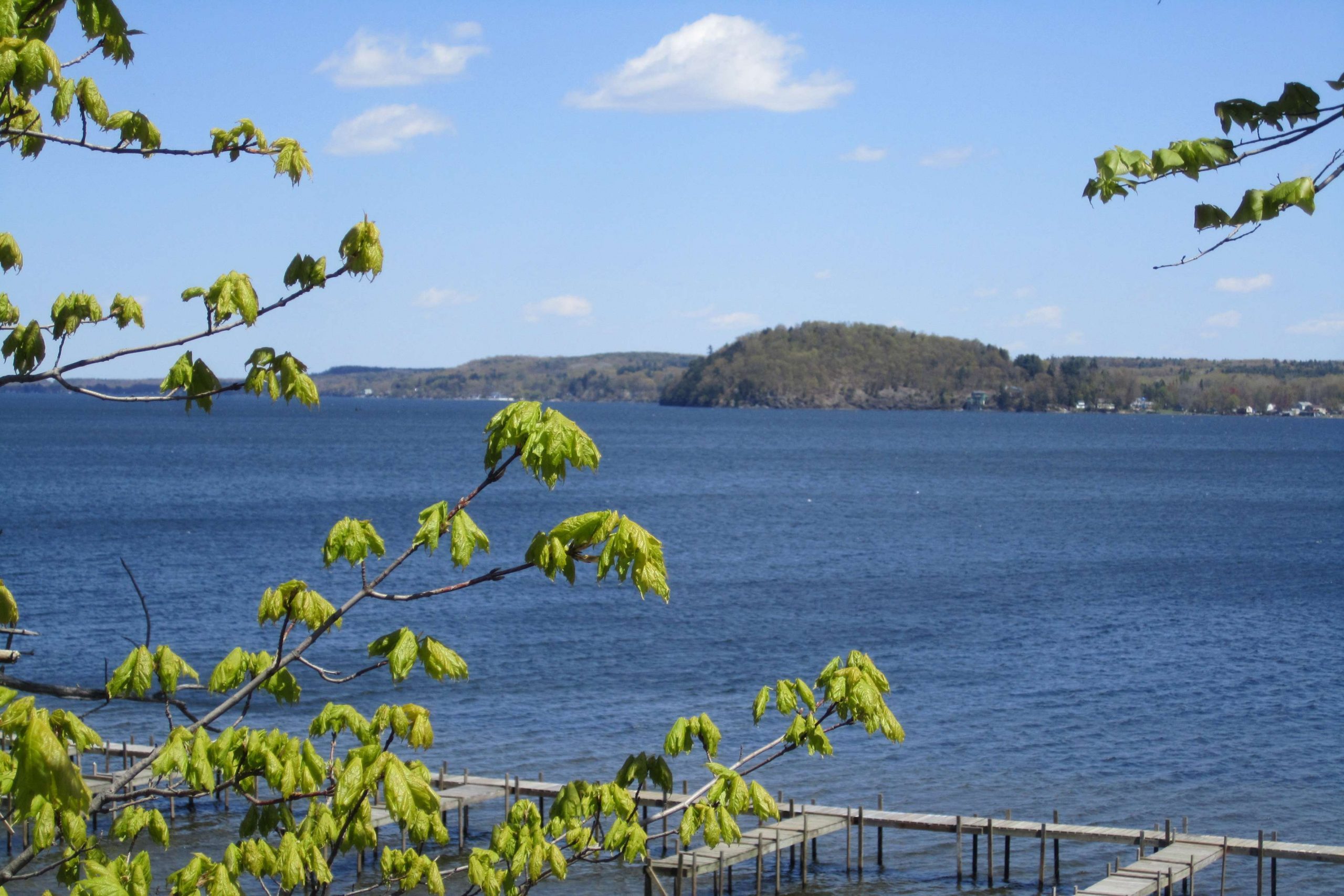
Located just north of the state capitol of Albany, 3,764-acre Saratoga Lake is a very popular fishery for largemouth bass, smallmouth bass, walleye, northern pike and panfish.
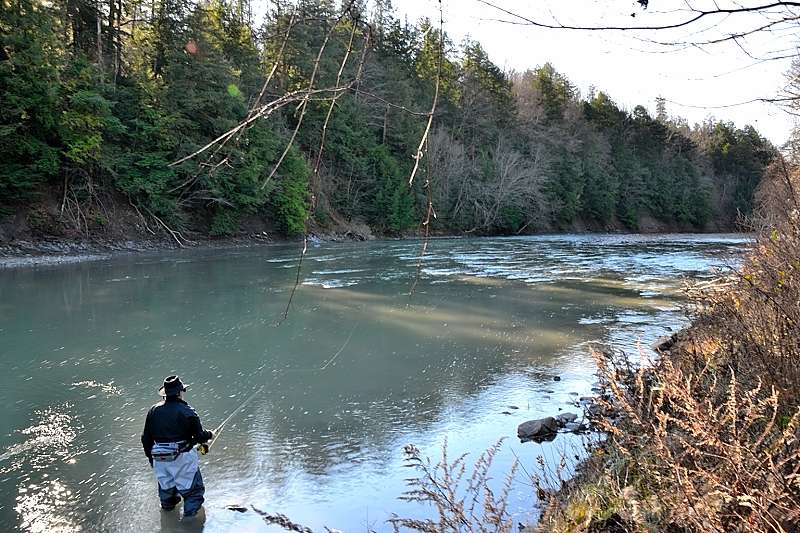
From its mouth at Lake Erie upstream 34 miles to the Springville Dam, Cattaraugus Creek supports an outstanding run of Lake Erie steelhead. The Cattaraugus is a large stream, averaging over 100 feet wide and varying from slow water near Lake Erie to boulder filled rapids in the scenic Zoar Valley area. Cattaraugus Creek offers anglers one of the best steelhead fishing
opportunities in the eastern United States. Each year from October through April, thousands of steelhead ascend the stream on their migratory mission to spawn on the gravel shoals of the main stream and its tributaries. In addition to steelhead, a fair number of brown trout also run the stream in fall.
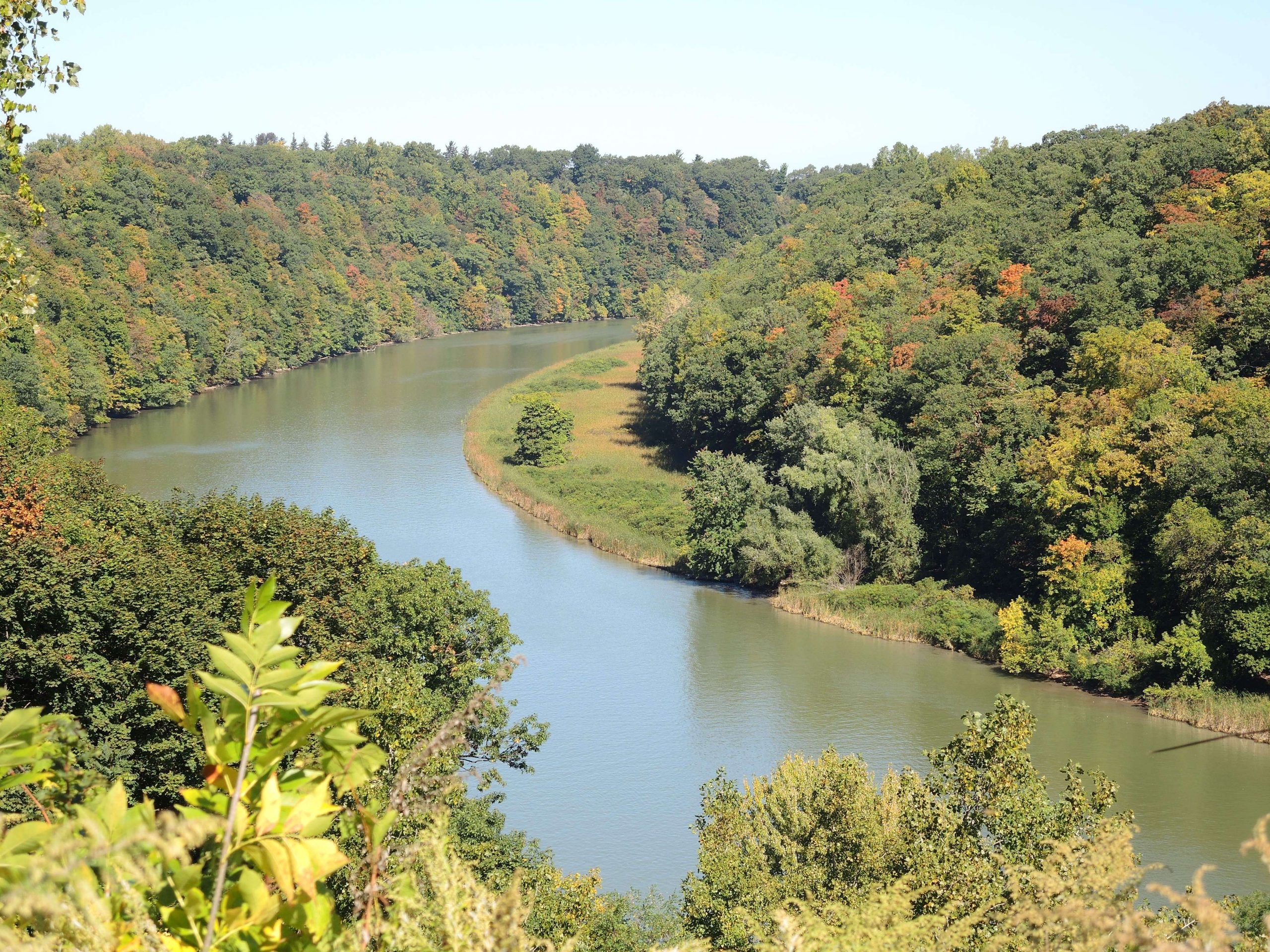
Beginning in Pennsylvania, the Genesee River flows northerly entering New York in Allegany County. For more than 40 miles, it flows through the county, passing through the villages of Wellsville and Belmont. There is plenty of access with nearly 18 miles of public fishing rights easements. The upper Genesee River is a popular trout destination which is stocked extensively from the Belmont Dam upstream to the Pennsylvania border. The Genesee River flows into Lake Ontario and the lower section is a popular fishery for steelhead, chinook salmon and coho salmon.
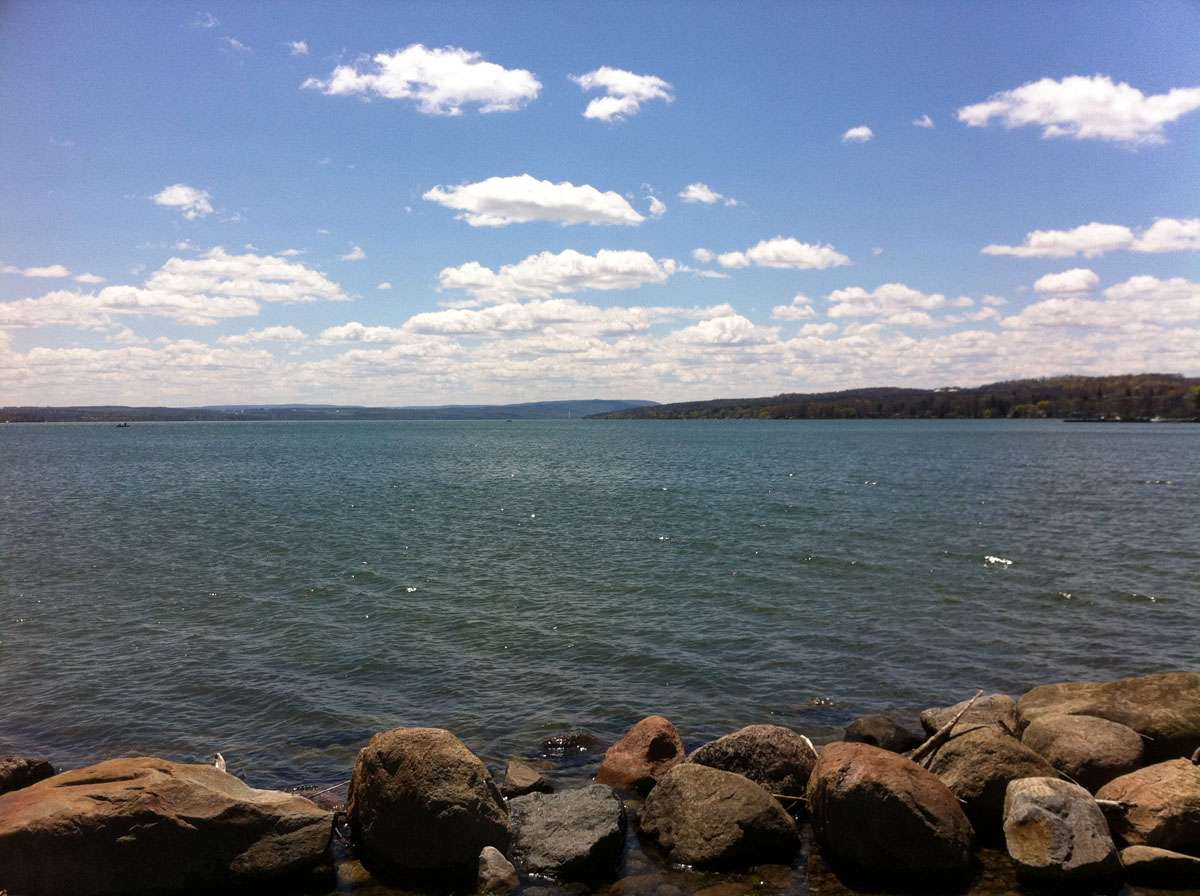
The fourth largest of the Finger Lakes, Canandaigua Lake is located 29 miles southeast of the city of Rochester. Canandaigua Lake supports important fisheries for lake trout, brown trout and rainbow trout. “Lakers” and “brown” are maintained by annual stocking, but the rainbow trout fishery is sustained entirely by natural reproduction, mostly in Naples Creek and its tributaries.
In addition to its popular trout fisheries, Canandaigua produces some excellent angling for largemouth bass, smallmouth bass, chain pickerel and panfish, including yellow perch, blue gills, pumpkinseed, rock bass, black crappie and bullheads.
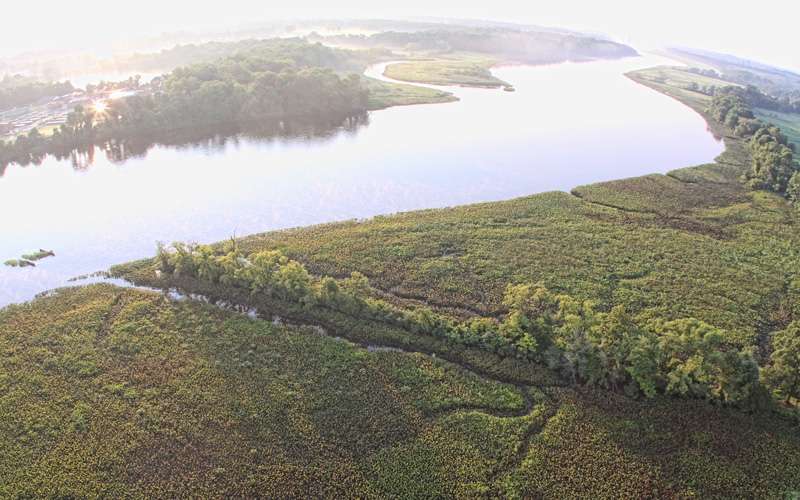
Located in southeastern New York, the Delaware River and its major tributaries, the West Branch and East Branch, provide outstanding fishing opportunities for a variety of species. The East Branch and West Branch are renowned rainbow trout and brown trout fisheries. The main branch of the Delaware also provides excellent fishing for smallmouth bass and walleye.
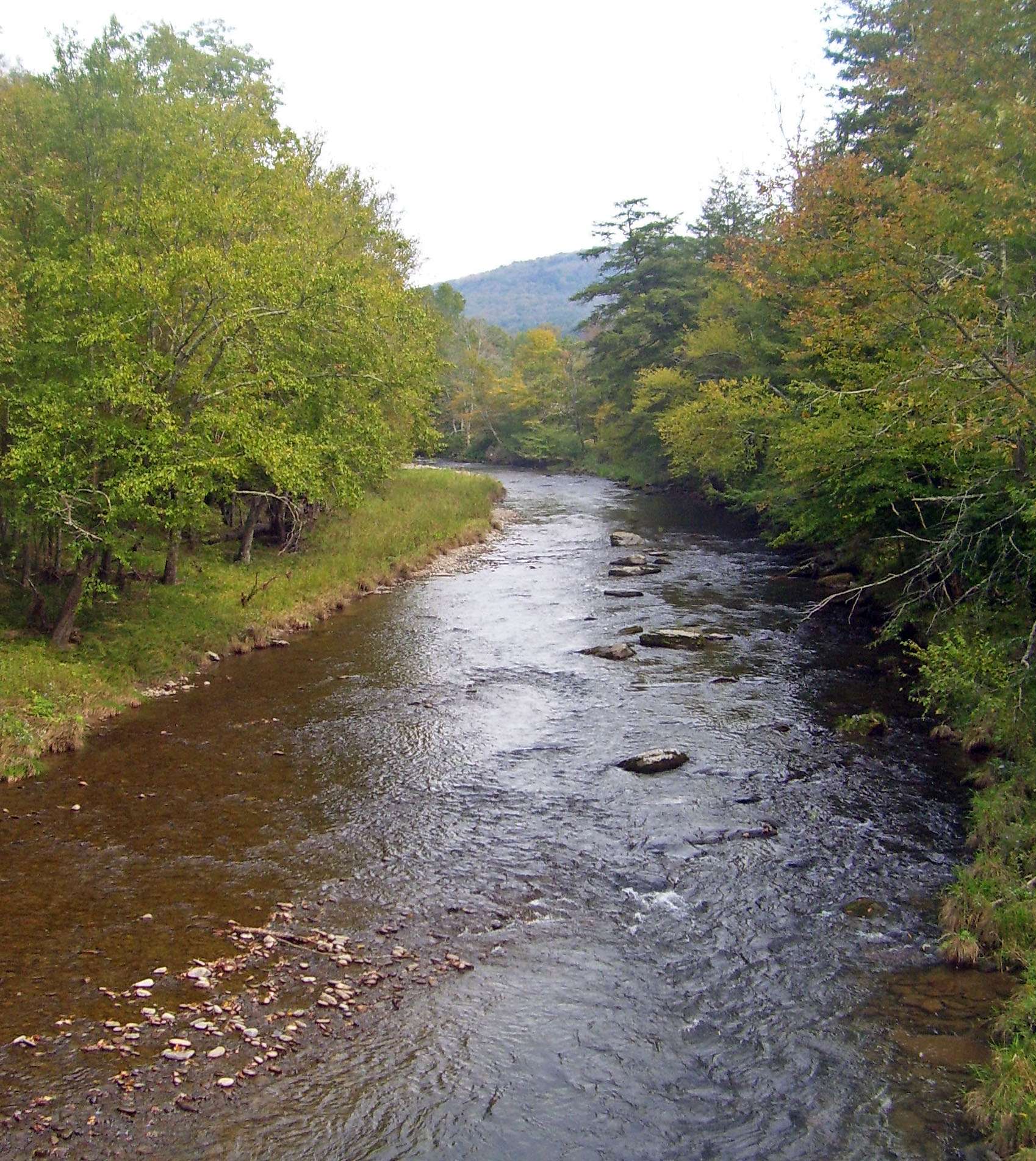
One of New Yorkâs historic fly fishing waters, the Beaver Kill is divided into the upper and lower sections at the confluence with the Willowemoc Creek in Roscoe, N.Y. Both sections support wild brown trout. The upper section of the river supports a wild brook trout population that increases as you move upstream toward the headwaters. Rainbow trout are also scattered throughout the watershed as a result of both natural reproduction and non-DEC stockings in private sections of the river.
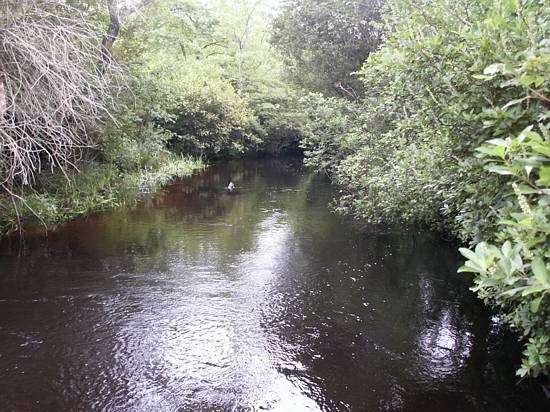
The longest river on Long Island and a popular paddling location coursing through Long Islandâs Pine Barrens region, the Peconic River is consistently one of the best largemouth bass and chain pickerel waters in southeastern New York, despite its close proximity to the heavily New York metropolitan area. The river also provides outstanding fishing for black crappie and a variety of panfish.

